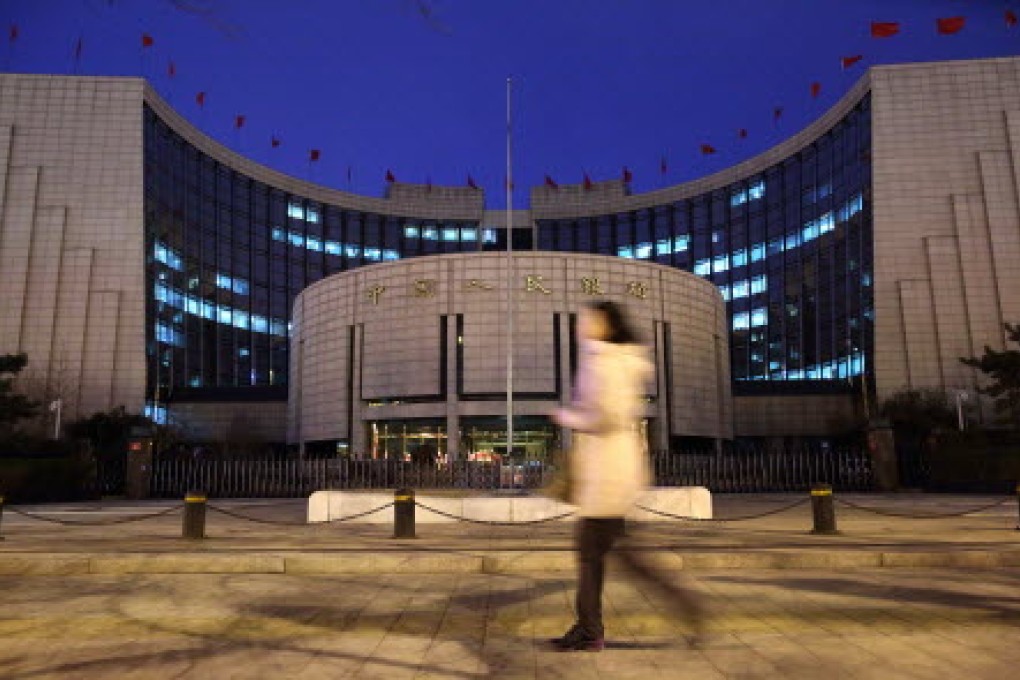Macroscope | Capital flight a risk that must be monitored

Conventional wisdom has it that the yuan has come under severe depreciation pressure due to capital flight which will have damaging consequences for the mainland’s financial system.
Some market players have estimated that non-FDI (foreign direct investment) capital outflows amounted to US$160 billion (HK$1.2 trillion) in the fourth quarter of last year and to more than US$320 billion for the full year. They included capital flight, hot money (portfolio investment) outflows, net trade credit flows and net foreign borrowing by mainland companies. Yet there is no solid data to confirm this.
Meanwhile, data from the People’s Bank of China shows that net foreign exchange purchases by onshore banks fell on a month-on-month basis in both December and January, despite a record trade surplus of US$109.6 billion in the same period. The decline, totalling US$36.5 billion for the two months, was the largest cumulative two-month drop on record, implying net capital outflows.
The evidence of capital outflows so far remains both preliminary and sketchy
The drop in foreign exchange purchases might though reflect the hoarding of foreign currency, mainly by onshore companies, to protect against yuan depreciation. Indeed, foreign-currency deposits jumped by more than US$82.2 billion in January from a cumulative decline of US$50.6 billion in the fourth quarter of last year.
Fuelling the worry about capital flight, the director of international payments at the State Administration of Foreign Exchange, Guan Tao, was recently quoted as saying that capital outflows were akin to the situation before the 1997 Asian crisis, when capital flight accelerated.
Other observers have cited the US$150 billion decline in mainland foreign exchange reserves in the second half of last year as evidence of capital flight.
Large capital outflows are one of the three factors that can help to detect a change in the underlying trend of the yuan, the other two being a persistent deterioration in external balances and a change in the central bank’s currency policy stance.
While the risk of capital flight is real, it is a long-term structural issue. The evidence of capital outflows so far remains both preliminary and sketchy.
